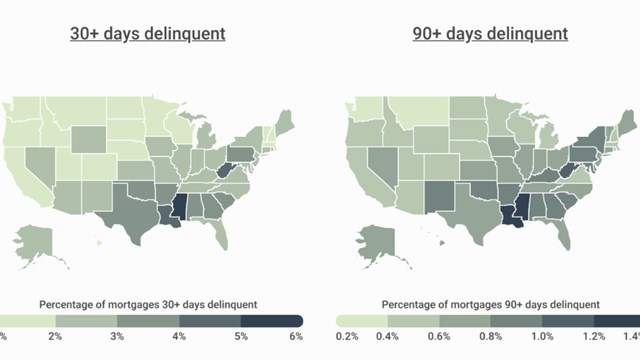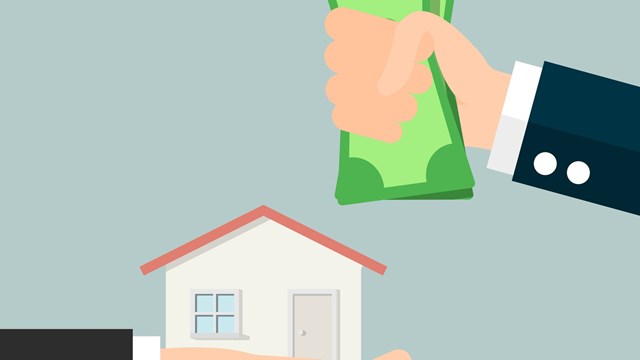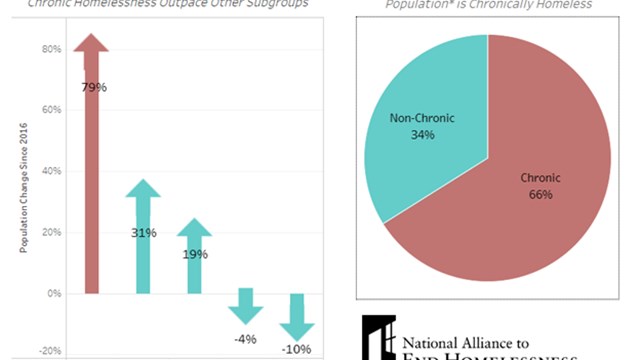Homeowners in New York were not spared from the economic repercussions of the pandemic. If anything, New York was the first and one of the worst affected areas in the country when COVID arrived on US shores in 2020. It’s also no secret that recovery from the pandemic has been slower in New York, its original ground zero, than elsewhere.
In response to the economic hardships faced by so many, the federal government has provided aid for renters, the unemployed, and small business owners - while accounts of bureaucratic hassles and agonizing delays are not uncommon, the assistance has been a boon to many, enabling them to remain housed and functional during this incredibly challenging time. Now, as part of the funds supplied under the American Rescue Plan Act of 2021, help is available for homeowners, too; the New York State Housing Assistance Fund (HAF) officially launched on January 3, 2022.
According to the Consumer Financial Protection Board (CFPB), “HAF can provide financial assistance for mortgage payments (including past due payments), and, depending on the program, may also be used for homeowners’ insurance, utility bills, property taxes, homeowners’ association fees, certain home repairs, and other specified housing costs. The amount of funds available per household will depend on your situation and where you live. Some locations have started accepting applications, and more are on the way. In total, approximately $10 billion will be disbursed to programs across the country.”
In New York State, assistance is available to those who have fallen behind in their mortgage payments, co-op maintenance, condominium common charges, HOA fees, and/or water taxes. The program will provide up to $50,000 per applicant, and that money can be divided between arrearages and financial needs going forward.
The CFPB advises further that, “You’ll need to verify that you meet income requirements and may need to provide required documentation. You must confirm that you have experienced a financial hardship after January 21, 2020, and describe the nature of that hardship, such as a job loss, reduced income, or increased healthcare costs.”
Funding allocations vary among programs, so it is important to apply as soon as you’re able. If you’re applying for funding for mortgage payments, it’s a good idea to call your mortgage servicer to discuss the process and verify that the servicer has chosen to participate in the program. If you want help understanding your program or need help with your application, contact a HUD-approved housing counseling agency.
A spokesman for Rocket Mortgage, a national lender, agreed to comment anonymously. He confirmed that Rocket is working with programs in various states, including New York. “We’ve received a large tranche of applications from New York State HAF. We are reviewing the applications and working with New York’s program to help applicants.” They are working with similar programs around the country. He gave no time frame for processing, explaining that at these early stages it was impossible to estimate. CooperatorNews will be following the rollout of the program and funding, and will update readers as more information and guidance becomes available.










Leave a Comment